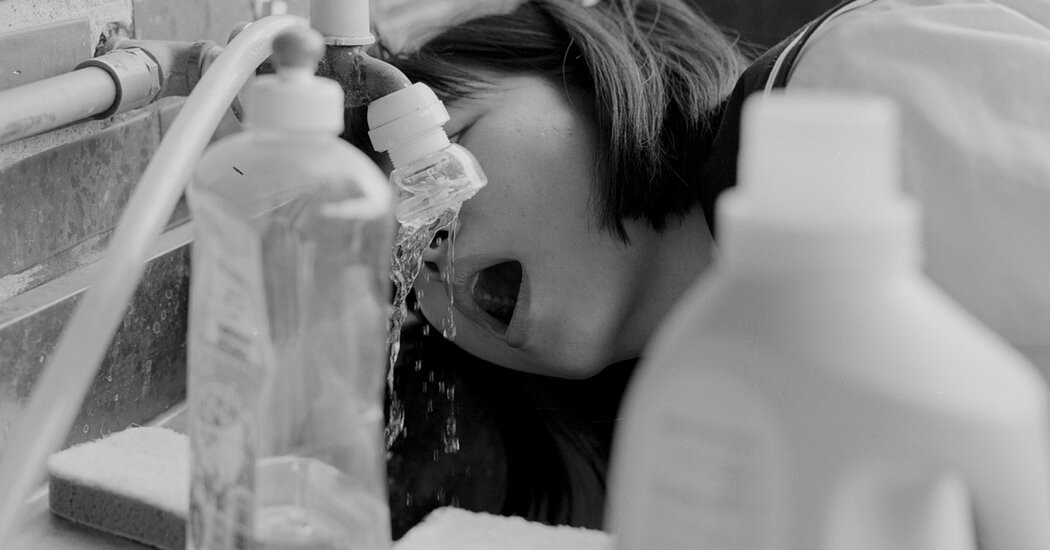

I remember when railing against the supposed evils of fluoride in drinking water was the work of a few voices clustered on the fringes of political discourse. The map shifted after Robert F. Kennedy Jr. took office as the secretary of health and human services. Last week he announced that as part of his plan to “make America healthy again,” he would call for an end to fluoridation. Utah has already banned it. Florida is now proposing to do so, and other states seem poised to follow.
If these bills pass, what will occur is no mystery. More children’s teeth will rot, which will cause pain, social stigma, impaired development and lifelong health problems, and raise the costs of their medical care. The worst effects will fall on disadvantaged children, the kids who don’t have access to frequent dentist visits and special treatments like varnishes to make up for the loss. Adults with bad oral health also suffer more from cardiovascular complications and even Alzheimer’s. At their worst, tooth decay and resulting infections can be deadly. The effects of all this will emerge slowly but surely, over many years, and persist long after this administration.
We know this because it has already happened in the other places that stopped fluoridating their water. Calgary, Canada. Juneau, Alaska. The entire country of Israel. In all these cases, children’s teeth got worse, more so over time. They had to undergo more dental procedures, a greater number of which required general anesthesia, an indicator of severe problems and a risk factor itself. The costs went up.
What will the places banning fluoride have gained? Fluoride is a miracle mineral that can strengthen tooth enamel and hinder bacterial infection, but, like many other substances used in health and medicine, it can cause unwanted side effects, ranging from tooth and bone problems to neurological effects and more, in excessive doses. Numerous credible studies show these effects can occur only at very high doses — much, much higher than what any state has ever added to the drinking supply. The benefits of lower doses have been demonstrated through more than 75 years of intense research.
At the beginning of the 20th century, Frederick McKay, a young dentist in Colorado Springs, noticed that his patients’ teeth showed unsightly browning — now known as fluorosis, a consequence of exposure to too much fluoride. At the same time, those patients’ teeth were far more resistant to dental decay than those of people in nearby towns, whose teeth looked better. After years of research, McKay found that the town’s groundwater had been contaminated by contact with fluoride-rich rock formations. It was that insight that led to the discovery of fluoride’s benefits and its subsequent addition (in only tiny quantities) to drinking water elsewhere. It’s been rightfully described as one of the most successful public health interventions ever, protecting teeth, preventing pain and saving lives.
As for natural contamination of the kind that Colorado Springs experienced, it’s estimated that more than 100,000 people in the United States get their water from wells with naturally excessive fluoride levels. You’d think that the folks calling to end fluoridation would also be unveiling a comprehensive plan to help people make sure their private water sources are safe. Yet Kennedy has not done so. Why not?



